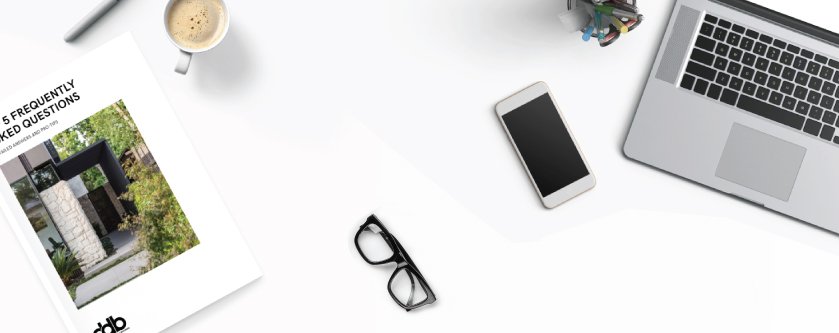
EMAIL #42 - 27TH, AUGUST, 2019 - FEAR, RISK & COURAGE
Hi Team and greetings from Florence Italy.
Sorry about the slight delay in getting this week’s email out to you all, I am still coming to terms with the new time zone!
This week I would like to revisit the topic of fear and discuss why it plays such an important role in how you lead your life and in your ultimate success. Fear is the most significant obstacle in the way of you achieving your goals, so I feel it is vitally important to understand fear and have a simple framework for how to handle it in a positive way throughout life.
"Thinking will not overcome fear but action will" W. Clement Stone.
To be successful in any field it is important to recognise the fears you have and be able to control and overcome these fears. This is where "fear setting" comes into play. As mentioned, a few weeks ago, fear setting is an important part of "goal setting" and in being able to work towards achieving your goals. However, trying to overcome your fears is often not easy and takes real courage and commitment.
"Courage is not the absence of fear, but the triumph over it", Nelson Mandela.
To be able to break down and understand the emotion of fear it is helpful to explore the difference between fear and risk. Fear is the unpleasant feeling or emotion caused by the threat of danger, pain or harm; whilst risk is a situation that exposes you to danger or harm. (risk is usually what generates fear). It is important to realise that there are very few serious irreversible risks in life and that fear is a very natural human emotion created by the unknown or the unpleasant.
I have found that whenever you are facing a big decision that involves a reasonable level of risk, such as the decision to purchase a property, it is very useful to do a four step "fear setting" process as follows.
- What fear? Define the fear you are feeling, be as specific as possible. Ask yourself "what is the worst thing that can happen if things go wrong?" (Remember that fears are emotions and emotions are hard to define.) Recognising specific emotions + fears is the first step towards overcoming them.
- What risk? Define the risk that is involved if you fail to achieve your goal? Again, be as specific as possible including figures and timelines or dates.
- Preventions? Brainstorm ways you could prevent the risk from happening?
- Repairs? Brainstorm what you will need to do to repair the damage from the worst case scenario if everything goes wrong?
To demonstrate how I have used this fear setting process recently when facing a major decision regarding if I should go ahead with a joint venture development or not, here is a summary of the four steps.
The specific goal I set myself was "to secure finance for the joint venture development by 30th November 2019"
1. The fear is that I fail to secure the required finance by this date, putting the whole development in jeopardy. This would be a major break of trust for my JV partners and a huge failure on my part of the agreement.
2. The risk at stake is that over a hundred hours of time and effort I have put into the development over the last year or so would be for nothing and I would have betrayed one of my core values that "you always do what you say you will do".
3. To prevent this from happening I could approach several different finance organisations and by exploring different types of development finance (e.g. direct bank loans, Finance broker loans, Second tear loans and accountant loan facilities). If my primary source of bank finance does not pan out, I would potentially have a few other options.
4. To repair the potential financial damage if the JV development is abandoned due to a lack of financing, I would need to;
- A- Re-design the project as a single dwelling instead of two townhouses.
- B- Revise my financial plan and reassess my participation in any future JV developments.
- C- Take on two new building contracts to replace the JV townhouse project due to start construction early next year.
Thanks for reading,
David.
